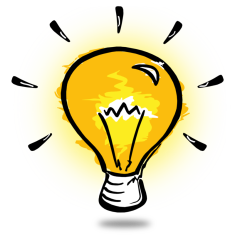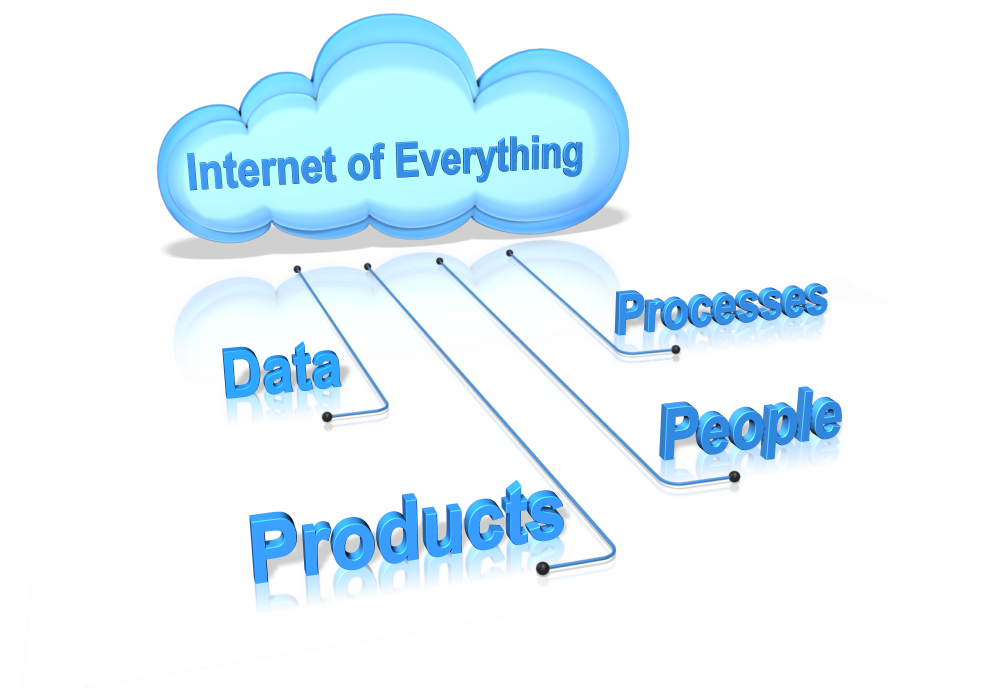Happy New Year 2015
After a long hiatus from blogging I am back as I see some very interesting developments that have prompted me to blog.
In November 2014 issue of HBR, an article by Michael E Porter and James E Heppelmann on the topic of “How Smart, Connected Products Are Transforming Competition” got me excited. In summary, that article talked about the third wave of IT transformation where IT is becoming part of the product itself through the additions of sensors, processors, software, connectivity and analytics. Companies like Cisco, Bosch and others have talked about this concept as “Internet of Everything”, which in itself is a big challenge and huge opportunity.
Customer experience in a connected world would be much better
For instance, many of us have experienced long wait times when we call our
 service providers, specifically when it is technical issues related to the products they have provided us. We get transferred from one customer service rep to another as they try to find ways to solve our problem. While this is happening we are getting frustrated as we have to repeat our problem all over again in the hope to finding a solution.
service providers, specifically when it is technical issues related to the products they have provided us. We get transferred from one customer service rep to another as they try to find ways to solve our problem. While this is happening we are getting frustrated as we have to repeat our problem all over again in the hope to finding a solution.
Reason this happens is that most service providers have a tiered structure of response. The first line of response is Tier 1 response, which consists of inexpensive resources who are not tech savvy. They are trained to gather basic information about the customer and their problem. They are also able to do some basic tasks like resetting the modem or rebooting the router. Their knowledge is usually limited and hence they are not able to fix a technical problem.
If doing simple tasks does not fix the problem then they send the call over to Tier 2 support who have more knowledge and a bit more decision-making authority. They get paid a bit more than the Tier 1 resource.
If Tier 2 support cannot fix the problem then the call is sent to Tier 3 technical support, the highest level of technical support. When there is a technical issue with the products it requires Tier 3 level of support to solve the problem. But companies cannot have Tier 3 answering the call as they are expensive and limited resources. So they make the customers go through the process until they reach the right level of support. This is frustrating for the customers and pretty expensive for the companies as well.
What if the products could figure the level of support they need even before the customer calls? Think about the customer experience it would deliver if the Tier 3 support rep calls the customer and informs them of the technical issue their product might be facing. They also have instructions on fixing the issue or have already mailed a replacement product to fix the issue. This type of service would “wow” the customer and deliver best-in-class customer experience.
“Internet of Everything” could offer this solution
In this case the product has sensors that gather data about different aspects of the product health and communicate that out to the service software that is in the cloud. The software analyzes the data along with many other local data points related to the product environment. Based on this analysis the software determines when a set of data points sent by the product are outside of normal operation. By determining the abnormal operation severity , software is able to alert right level of support who in turn get in touch with the customer to resolve the issue.
This level of proactive monitoring, diagnosis and response will completely change the model of services being delivered to the customer and deliver best-in-class customer experience.
Of course, the above scenario is easier said than done as it would involve collaboration between different players in the ecosystem. But if a company can take a lead and bring these players together, then they would have a significant competitive advantage.


